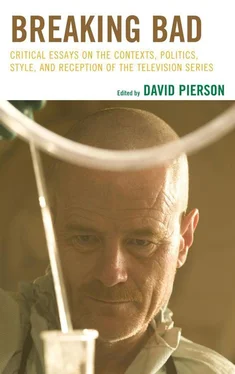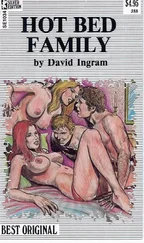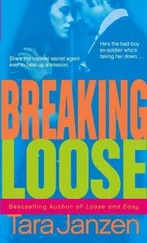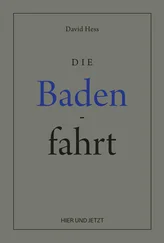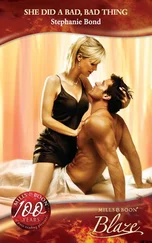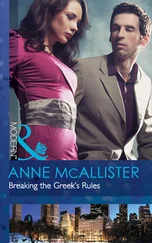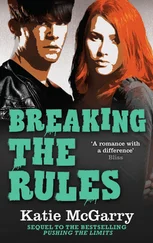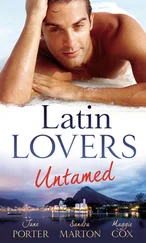The only full-length work of criticism thus far published is Breaking Bad and Philosophy: Badder Living Through Chemistry , edited by David R. Koepsell and Robert Arp. Although it contains some interesting essays, this collection is part of the “Popular Culture and Philosophy” series that often trades in-depth analysis for speed in hitting the marketplace quickly after a film or television series’ success.
It is interesting to note that the American frontier was declared closed by Frederick Jackson Turner in 1893, right in the middle of the two moments often given for the beginning of cinema: Thomas Edison’s invention of the kinetoscope in 1891, and the Lumiere Brothers’ invention of the cinematographe in 1895. In other words, Americans were beginning to reflect upon the frontier and its contributions to the formation of the national character at a moment when new technologies allowed for visual and thus highly powerful visions of the past, many of which would quickly become rooted in notions of racial superiority.
Even the names of these two characters—White and Pinkman (pink + man)—perform their Anglo-ness, and at no time during the narrative are either of them imbued with any of the stereotypical traits or qualities associated with Latinos. The only moment White is portrayed as a Latino figure is when Heisenberg appears as a character in a narcocorrido at the beginning of “Negro Y Azul” (4/19/09). Narcocorridos are Mexican folk ballads that portray border culture and are generally favorable toward drug smuggling and other criminal activity.
Due to the continually shifting nature of cartel alliances during the Mexican Drug War (2006 to the present), as well as the fact that Breaking Bad avoids giving specifics as to which cartel Don Eladio controls, it is difficult to know to whom Tuco owes his allegiance. Theoretically, due to the narrative’s setting in Albuquerque, which although 250 miles to the north of El Paso is still part of the border drug zone and a shipping hub to various parts of the American Southwest, the cartel referenced is most likely either the powerful Sinaloa cartel, which controls much of the western part of Mexico, or the Juarez cartel, which controls much of the area immediately surrounding Ciudad Juarez/El Paso. According to Héctor Dominquez-Ruvalcaba and Igancio Corona (2010), this part of northern Mexico constitutes the biggest drug corridor in the world, with three of the five largest Mexican cartels vying for control of delivery and distribution to the North American drug market (3). Certainly, the areas in the series portrayed south of the border, including the land around Don Eladio’s villa, appear to be a good match for the Chihuahuan Desert of north-central Mexico. The appearance of the Salamanca cousins in season three, however, complicates this hypothesis. The body shop worker being smuggled across the border, who worked for “some of the biggest gangsters in Michoacán,” recognizes the shoes worn by the hit men, suggesting that they at one point worked for either the La Familia Michoacán group or the Knights Templar cartel. So, there is no way of knowing for sure to which cartel Eladio or any of the Salamancas belong, and it is certainly possible due to the shifting alliances that multiple cartels are involved in the narrative. For a wealth of information about the Mexican Drug War, see the Los Angeles Times website “Mexico Under Siege” (2012), a clearing house of articles, photographs, and videos from over a four year period.
It should be noted that although the figure of the over-the-top Latino drug kingpin became entrenched in the popular media after the rise of the Columbian cartels, links between Latin America and drug culture preceded Scarface by decades. The Opium Exclusion Act of 1909 made that drug illegal, leading to addicts looking for other avenues for a fix. Marijuana proved to be inexpensive and easy to obtain, leading to a growing concern over its hold over young people during the inter-war period and culminating with highly sensationalized “educational” films such as Reefer Madness (1936) and Assassin of Youth (1937). However, it wasn’t until Raymond Chandler and the Beat poets during and immediately after World War II that this association was made more firmly in popular culture. Set in the criminal underbelly of Los Angeles, Chandler’s short stories and novels often involved drug plots, and one section of Jack Kerouac’s On the Road (written in 1951, published in 1957) depicts the ease in which marijuana can be obtained in a Texas border town. As they were subject to a censoring body, mainstream films were a bit slower than novels to explore this terrain, although certainly one of the directors who began to push the boundaries on this subject, Orson Welles, made the connection between drugs and Latin America in Touch of Evil (1958). By the late 1960s with films such as Easy Rider (1969), the link was firmly established, although the character of the kingpin did not become solidified in popular culture until later.
Many border narratives in American film and television have been criticized for employing Carribean [Benicio del Toro in Traffic (2000)], South American, and even Spanish actors [Javier Bardem in No Country for Old Men (2007)] to depict Mexican or Chicano characters.
In overthrowing the democratically-elected government of Socialist Salvador Allende, Pinochet had not only the support of the right-wing army but also of the American Central Intelligence Agency (CIA). Some members of the Chilean military and police involved in the program of torture and assassination were CIA assets, as a memo from the National Intelligence Council made evident following the declassification of materials in 2000: “Many of Pinochet’s officers were involved in systematic and widespread human rights abuses following Allende’s ouster. Some of these were contacts or agents of the CIA or U.S. military” (2). In the episode “Hermanos,” Agent Schrader notes that no information exists for Gustavo Fring prior to his application for Mexican citizenship in 1986. He wonders if Fring’s identity is assumed but expresses surprise that he could have received American citizenship in 1989 without a thorough background check. The possibility exists that Fring had help from the CIA in establishing his new identity, although this hypothesis is unlikely given Fring’s move into narcotics. Regardless of how he entered the country, a Pinochet loyalist becoming instrumental in the U.S. drug trade is a minor example of “Blowback,” whereby American support of a foreign entity empowers that organization or individual to later engage in actions deleterious to American interests.
According to the Associated Press (1992), Pablo Escobar routinely arranged orgies for himself and his henchman, even while “behind bars” in a prison he had ordered built to house him after deciding to turn himself in!
For images depicting Santa Muerte, including some featuring its supplicants, see the photo essay “Santa Muerte” (2012) in Time ’s online magazine.
In its most famous iteration, Hong Kong filmmaker John Woo and actor Chow Yun-Fat teamed together in A Better Tomorrow (1986) and The Killer (1989) to present a professional hit man whose sartorial formality is matched only by his facility with a gun.
Although by late 2012 the total number of fatalities in the war had usually been set at just over 50,000, a recent study by Molly Molloy at New Mexico State University puts the number at closer to 100,000 (O’Reilly).
Читать дальше
